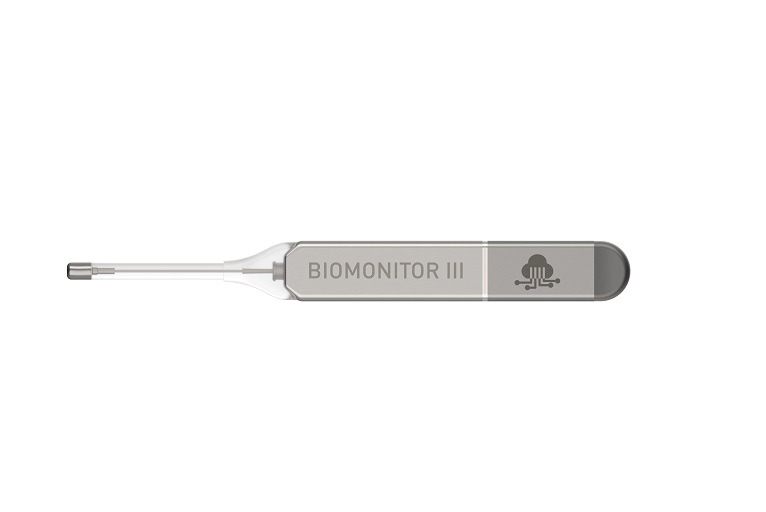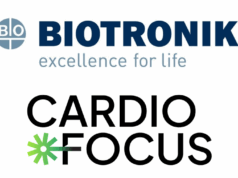
Biotronik has announced the market release of its injectable cardiac monitor (ICM), BioMonitor III in Japan. The device is designed to help patients with irregular heart rhythms by documenting unexplained syncope with increased clarity.
In a press release, Biotronik noted that 33.5 million patients worldwide suffer from atrial fibrillation (AF). It is associated with a five-fold increase in risk of stroke, a three-fold increase in incidence of congestive heart failure, and higher mortality.
“The key feature with this new device is the long vector design which potentially captures not only the ventricular but also the atrial waves on the subcutaneous ECG which can provide a more accurate diagnosis,” said Noritoshi Ito from Kawasaki Saiwai Hospital in Kanagawa, Japan.
The company’s BIOvector is designed to deliver high definition signals. As a result, the high signal amplitudes and visibility of the p-waves make it easier for the physician to confidently evaluate arrhythmias, Biotronik said in its release.
The company adds that its next generation ICM comes ready to inject, with the device pre-assembled in a one-step injection tool. The device is injected under the skin with a very small incision, allowing for a quick and easy injection procedure.
BioMonitor III works with Biotronik’s fully automated, ‘plug in and go’ home monitoring. Due to automatic pairing, initialisation and data transmission no active patient involvement is required. The new product also features intelligent memory management, which prevents the overwriting of clinically relevant episodes.
“We are very excited about the launch of BioMonitor III as a key addition to our product portfolio here in Japan,” commented Jeffrey Annis, regional vice president at Biotronik Japan. “It provides medical staff with a reliable tool to identify underlying arrhythmias thus allowing physicians to adjust their therapeutic approach and improve the overall care for their patients.”









